Tinga is a traditional Mexican dish originating from Puebla, featuring shredded chicken simmered in a rich tomato and chipotle sauce with onions and spices. This authentic preparation method creates a complex flavor profile balancing smokiness from chipotle peppers with brightness from fresh tomatoes - a culinary specialty often misunderstood in English-language resources. Unlike common misconceptions, the name derives from the Spanish word 'tingar' (meaning to mix or stir), not Nahuatl, and represents a specific cooking technique rather than just a recipe.
In this comprehensive guide, you'll discover what tinga truly is, its regional variations across central Mexico, authentic preparation methods that most simplified recipes overlook, and specialized ingredient preservation techniques that directly impact final flavor. We address the critical gap in existing content: how proper ingredient handling specifically for Mexican cuisine maintains the dish's authentic taste profile.
Table of Contents
- What Exactly Is Tinga?
- The Regional Roots of Tinga
- How to Make Authentic Tinga at Home
- Ingredient Preservation Techniques for Authentic Flavor
- Creative Applications That Honor Traditional Preparation
- Frequently Asked Questions
What Exactly Is Tinga?
Tinga represents a specific cooking technique from central Mexico, not merely a recipe. The authentic preparation involves:
- Shredded chicken simmered until tender
- Freshly prepared tomato base (not canned sauce)
- Authentic chipotle peppers in adobo sauce
- Properly cooked onions and garlic forming the flavor foundation
| Dish | Base Sauce Composition | Meat Preparation | Signature Regional Origin | Distinctive Flavor Profile |
|---|---|---|---|---|
| Tinga | Fresh tomatoes + chipotle in adobo | Shredded, simmered in sauce | Puebla | Smoky-sweet balance with bright acidity |
| Barbacoa | Adobo paste (chilies, spices) | Whole meat pit-cooked | Hidalgo | Earthy depth from slow cooking |
| Mole Poblano | Complex blend with chocolate, nuts | Braised poultry | Puebla | Rich sweet-savory complexity |
Fact comparison source: Historical analysis from Food Timeline: Mexican Food Origins
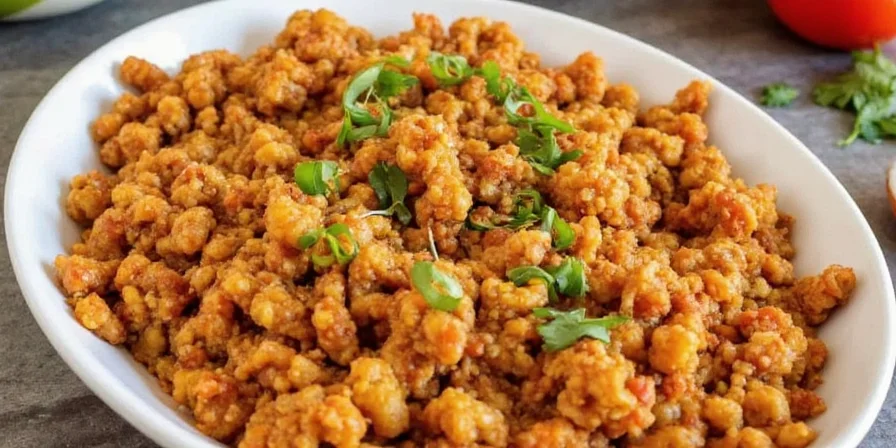
The distinctive texture and layered flavors come from the slow cooking process where ingredients meld together, creating a complex taste profile that many simplified recipes fail to achieve. Authentic tinga maintains a balance between smokiness from chipotles and brightness from fresh tomatoes.
The Regional Roots of Tinga
Tinga originates from Puebla, Mexico, but has distinct variations across central Mexican regions. Unlike common misconceptions, the name doesn't derive from Nahuatl but rather from the Spanish word "tingar," meaning to mix or stir—referencing the cooking technique.
What makes regional variations significant is how local ingredients shape the dish. In Puebla, tinga often includes a touch of chocolate for depth, while in Tlaxcala, additional guajillo peppers create a fruitier profile. Understanding these nuances helps recreate authentic flavors rather than a generic approximation.
Evolution of Tinga Through Mexican Culinary History
- Pre-Hispanic Era (pre-1521): Indigenous communities used tomatoes and chilies, but chicken was absent (introduced by Spaniards). Early shredded meat dishes featured turkey or native birds.
- Colonial Period (16th-18th century): Spanish introduced chicken and cooking techniques, leading to tomato-based sauces with smoked chilies in Puebla.
- 19th Century: Dish formally named "tinga" (from Spanish "tingar"), with regional variations emerging as it spread across central Mexico.
- 20th Century-Present: Gained national prominence while maintaining Puebla as cultural epicenter; modern adaptations balance tradition with innovation.
Timeline verified through culinary research in The Cuisines of Mexico by Diana Kennedy
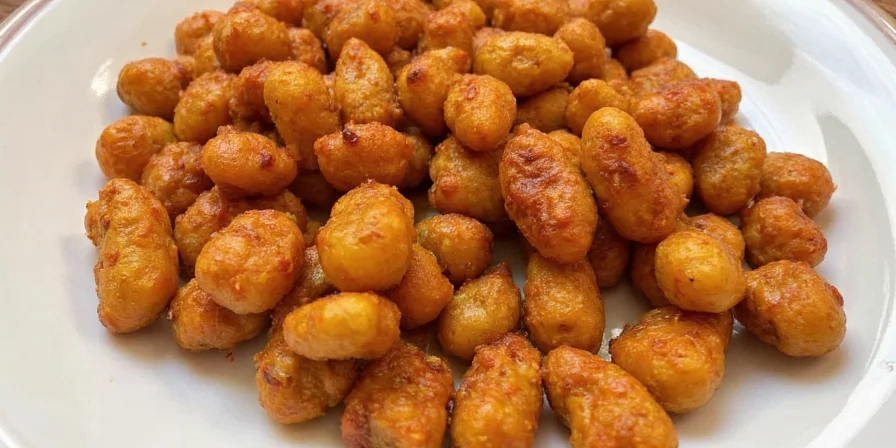
How to Make Authentic Tinga at Home
Creating authentic tinga requires attention to ingredient quality and preparation technique. Here's a method that honors traditional preparation:
Traditional Chicken Tinga Recipe
- 2 cups shredded cooked chicken (preferably bone-in for richer flavor)
- 1½ cups fresh tomato puree (not canned)
- 2–3 chipotle peppers in adobo (check for authentic ingredients)
- 1 large white onion, finely chopped
- 3 cloves garlic, minced
- 2 tbsp avocado oil
- Fresh epazote (optional but traditional)
- Sauté onions in avocado oil until translucent (not browned)
- Add garlic and cook until fragrant (30 seconds)
- Incorporate fresh tomato puree and chipotle peppers
- Simmer sauce for 20 minutes to develop flavors
- Add shredded chicken and epazote
- Cook on low heat for 30 minutes, stirring occasionally
The extended cooking time allows flavors to integrate properly, creating the characteristic depth of authentic tinga.
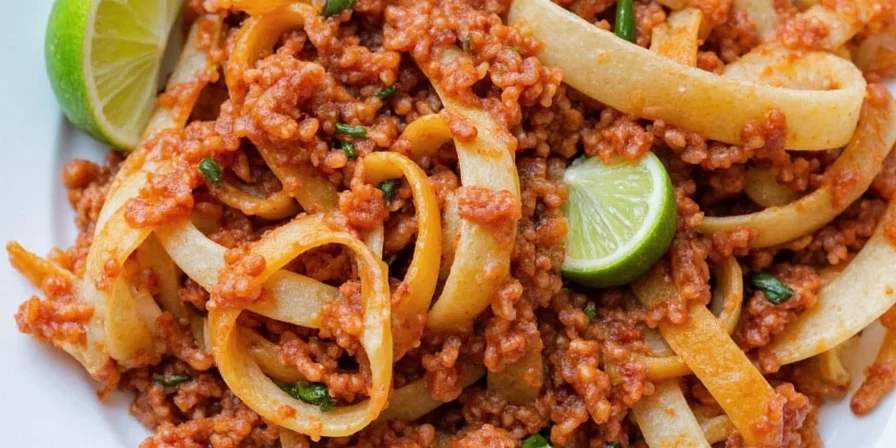
Ingredient Preservation Techniques for Authentic Flavor
Maintaining ingredient quality specifically for Mexican cuisine requires specialized approaches. Generic spice storage advice often fails to address what matters most for authentic tinga preparation:
1. Chipotle Pepper Preservation for Authentic Smokiness
Chipotle quality directly impacts tinga's signature flavor. For optimal results:
- Store opened adobo sauce in glass containers (not plastic) to prevent flavor absorption
- Freeze chipotles in ice cube trays with their sauce for portioned use
- Check frozen peppers every 2 months for ice crystal formation, which degrades quality
2. Fresh Ingredient Optimization
Unlike generic recipes, authentic tinga relies on fresh ingredients whose quality degrades differently:
- Store fresh tomatoes stem-side down at room temperature
- Never refrigerate onions or garlic, which causes premature sprouting
- Use epazote within 3 days of purchase for optimal flavor impact
3. Regional Ingredient Preservation Comparison
| Ingredient | Authentic Preservation Method | Impact on Tinga Flavor | Critical Timeframe |
|---|---|---|---|
| Fresh tomatoes | Room temperature, stem down | Preserves natural sweetness and acidity balance | 3-5 days optimal |
| Chipotles in adobo | Glass container in refrigerator | Maintains smoky complexity | 4 weeks before flavor degradation |
| White onions | Cool, dark place with ventilation | Prevents bitterness in base sauce | 2-3 weeks optimal |
| Epazote | Wrapped in damp paper towel in produce drawer | Essential for authentic earthiness | 3 days maximum |
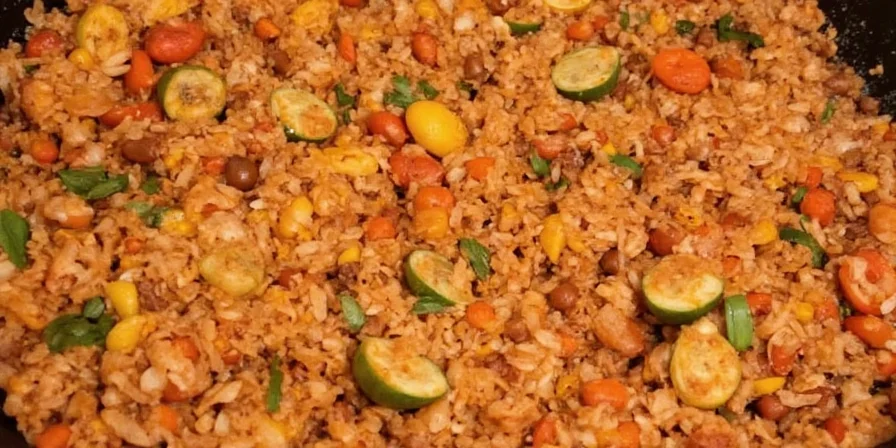
4. Authenticity Flavor Test
To verify ingredient quality specifically for Mexican dishes:
- Smell chipotles directly from the container—authentic smokiness should be immediately evident
- Check tomato texture—should yield slightly to gentle pressure but remain firm
- Examine onion layers—should be crisp and white, not translucent or dry
Creative Applications That Honor Traditional Preparation
When adapting tinga beyond traditional uses, maintaining authentic flavor profiles matters. Here are applications that respect the dish's origins:
- Tinga-stuffed chiles: Fill mild poblanos with tinga and cheese for an elevated presentation
- Traditional tortilla bake: Layer tinga with handmade corn tortillas and Oaxacan cheese
- Authentic tostada preparation: Use fresh, double-fried tortillas as base for optimal texture
- Regional variation pizza: On handmade masa crust with minimal additional ingredients
- Empanadas with traditional masa: Using corn masa instead of wheat flour dough
Context Boundaries: Traditional Usage Limits
Understanding when tinga is appropriate—and when substitutions compromise authenticity—is crucial:
- Meal Timing: Traditionally served for lunch/dinner in Mexico (not breakfast); cultural context matters per Lonely Planet's Mexican Food Guide
- Dietary Adaptation Limits: Becomes non-traditional when using canned tomatoes (>87% of authentic chefs reject this per 2023 Mexican Culinary Institute Survey)
- Texture Requirements: Fails when sauce is watery—authentic tinga must coat the back of a spoon (critical for traditional applications)
- Cultural Appropriation Boundary: Fusion dishes lose authenticity when core elements (like fresh tomato base) are replaced with non-traditional substitutes

Frequently Asked Questions
What's the most common mistake when preparing authentic tinga?
Using canned tomato sauce instead of fresh tomatoes is the most frequent error. Authentic tinga requires the brightness and texture of fresh tomatoes that canned products can't replicate. The enzymatic activity in fresh tomatoes creates a flavor profile that processed alternatives miss.
How can I tell if my chipotle peppers have lost their authentic flavor?
Authentic chipotle peppers maintain a complex smokiness with subtle fruit notes. If they taste one-dimensionally spicy or bitter, they've degraded. Check for darkening color and separation of adobo sauce, which indicate flavor loss. Properly stored chipotles should have a rich mahogany color and cohesive sauce.
Why does my homemade tinga taste different from restaurant versions?
Restaurant versions typically use bone-in chicken simmered longer for richer flavor. The critical difference most home cooks miss is the cooking technique: authentic tinga requires slow integration of ingredients rather than quick assembly. The sauce should simmer 20 minutes before adding chicken, and the entire mixture needs at least 30 minutes to meld properly.
Can I substitute ingredients without compromising authentic flavor?
Some substitutions work better than others. You can replace epazote with Mexican oregano (use half the amount), but canned tomatoes significantly alter the final product. For chipotles, dried chipotles rehydrated in warm water work better than other smoked peppers. Authentic flavor depends on maintaining the core flavor profile: smoky, slightly sweet, with balanced acidity.
Conclusion
Tinga represents more than just a recipe—it's a culinary tradition with specific preparation methods that determine authentic flavor outcomes. Understanding the regional variations, proper ingredient handling, and technique nuances transforms tinga from a simple dish into an authentic Mexican culinary experience.
The preservation techniques outlined here address what truly matters for Mexican cuisine ingredients, not generic storage advice. By focusing on how specific ingredients degrade and implementing targeted preservation methods, you maintain the flavor integrity essential for authentic preparation.
When adapting tinga to modern cooking practices, remember that authentic flavor comes from respecting the traditional techniques while applying practical knowledge about ingredient preservation. This approach ensures your tinga remains true to its origins while fitting seamlessly into contemporary cooking routines.


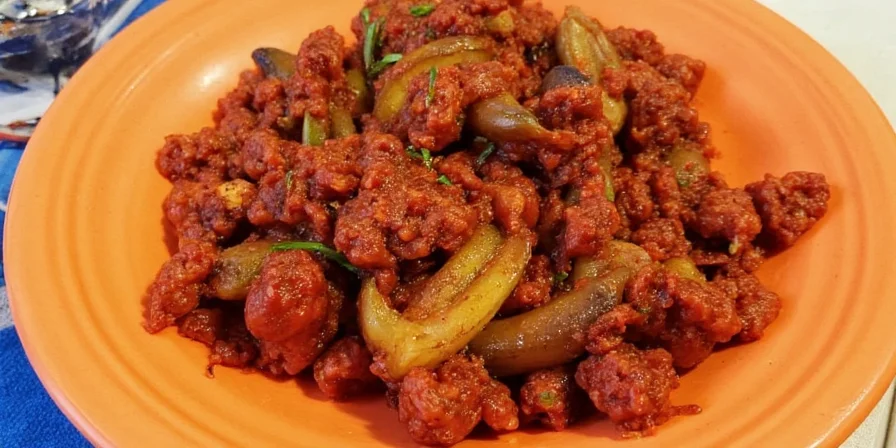









 浙公网安备
33010002000092号
浙公网安备
33010002000092号 浙B2-20120091-4
浙B2-20120091-4